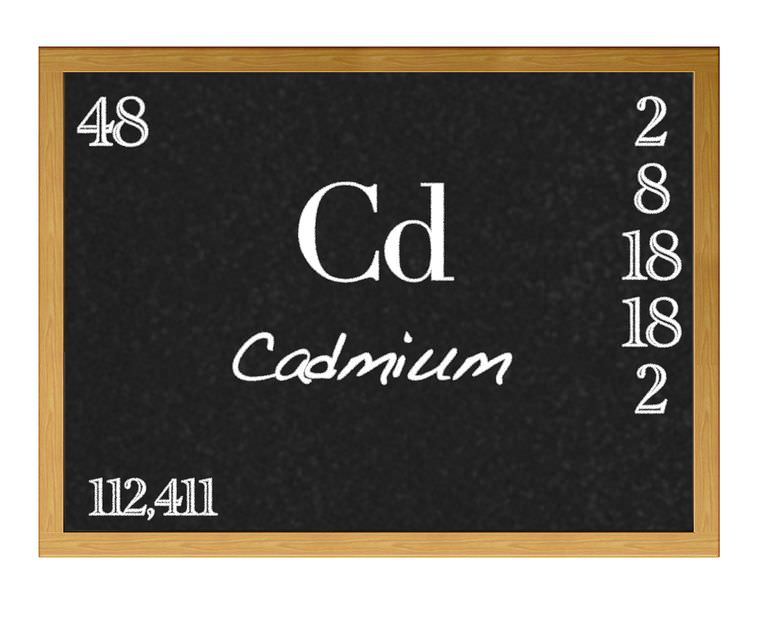

Cd. It’s the symbol for cadmium, a heavy metal that naturally occurs in very small amounts in food, water and air. It’s also in cosmetics, farm fertilizer and tobacco smoke. High levels of this toxic metal have even been found in shellfish, likely due to runoff from farms. Cadmium exposure has been linked to many health problems, including kidney damage, stomach irritation, and lung damage. Long-term exposure to air contaminated with cadmium can be fatal.
New research now links chronic cadmium exposure to more aggressive breast cancer. A study by Maggie Louie, an associate professor at Dominican University of California shows even exposure to small concentrations of cadmium for long periods of time create changes in breast cancer cells. Although it is already known that acute exposure triggered more active progression of breast cancer, this is the first time that researchers have focused on low-level, long term cadmium exposure.
Human exposure to acute levels of this heavy metal is rare, unless people work in specific manufacturing industries. However, low-level, chronic exposure is much more common, according to Louie. Understanding this link between prolonged cadmium exposure and more malignant breast cancer might lead to new ways of preventing breast cancer’s progression.
Just last month, another study reported a link between cadmium found in our diet, primarily from fertilizers depositing it in soil, and increased risk of postmenopausal breast cancer was reported.
While we may have to cope naturally-occurring cadmium, it makes no sense why this known toxic substance is in products we can control and use daily. Products as common as mascara and foundation. Even worse, why is it allowed in fertilizers that farmers use to help grow our food?
The FDA, EPA, and Department of Agriculture are aware of these studies. They know which products contain cadmium and where the greatest concentrations of this heavy metal exist. That’s part of their role.
What about consumer protections? Cadmium is not on the FDA’s list of prohibited ingredients. Cosmetic manufacturers don’t have mention it on their packaging because it’s a byproduct, or “impurity.” The EPA allows a certain concentration of cadmium in fertilizer. Why?
I can’t fathom any benefit to using or ingesting even small amounts of toxic substances – particularly when study after study connects cadmium to breast and other cancers. Everyone, especially women, should be outraged about being left in the dark on much of this information. Where is the real consumer protection?
The FDA, EPA, Agriculture and other agencies must step up and do more to protect women’s health. They need to find a way to work with manufacturers, and stop putting heavy metals in products that go on or in our bodies.
What can you do in the meantime?
One option is to buy organically certified foods, which must meet strict health guidelines. You can also consider opting for more natural or pure beauty products – there’s an excellent searchable database at the Environmental Working Group’s “Skin Deep” cosmetics page. Write to government officials, partner with an organization like EWG, and demand that we stop being poisoned.
Cadmium. What else are we not being told?
Please click here to see more articles by Liz Seegert.
Liz Seegert is a freelance journalist in New York City who writes and blogs on health, social policy, and other issues impacting human welfare. She is also a Senior Fellow at the Center for Health, Media & Policy at Hunter College. You can follow Liz on Twitter (@lseegert).




Be the first to comment